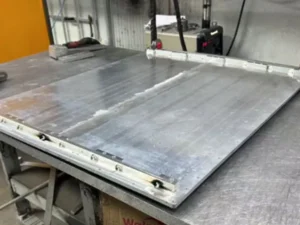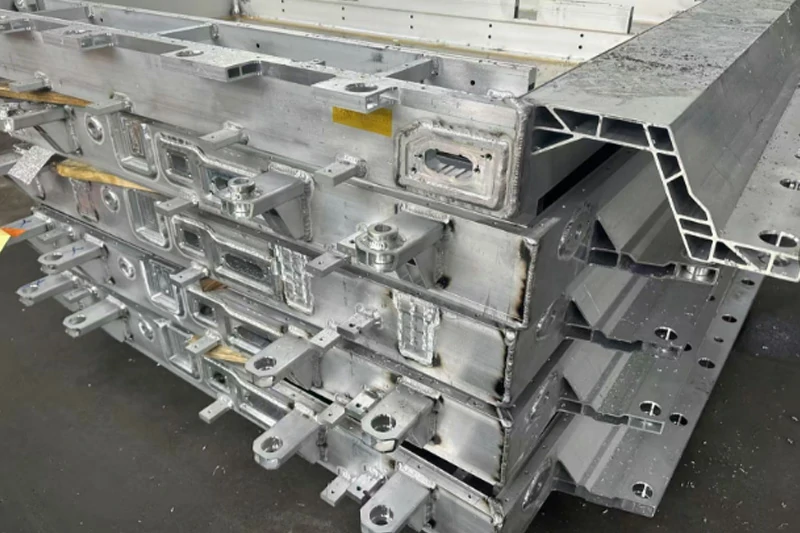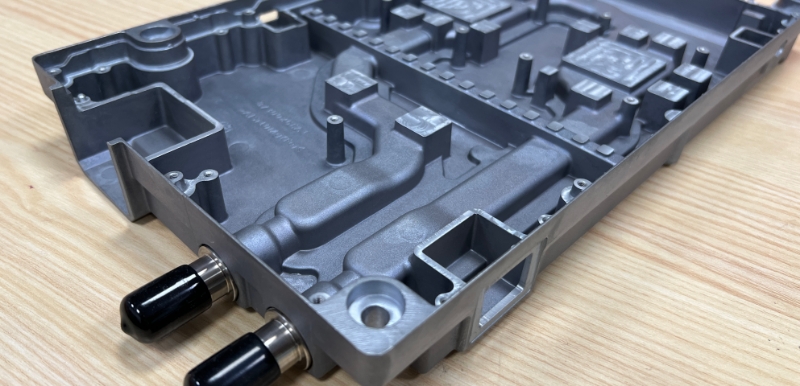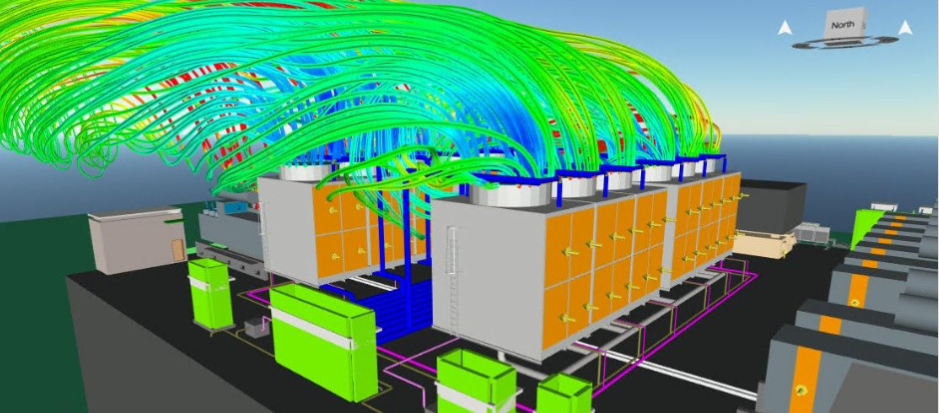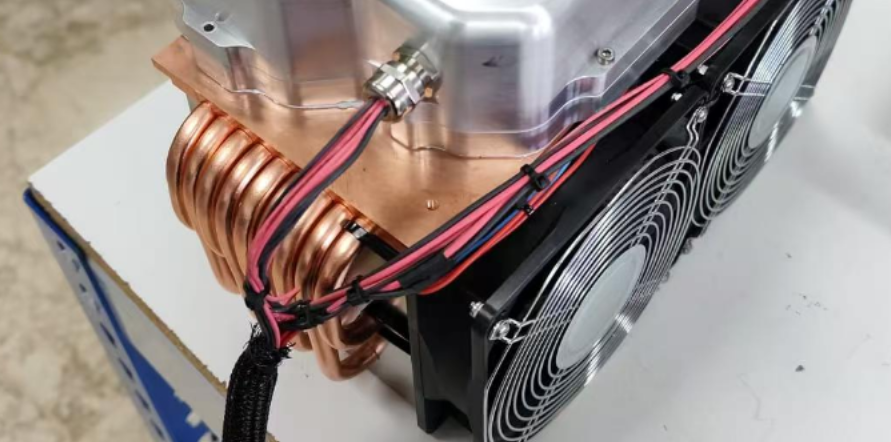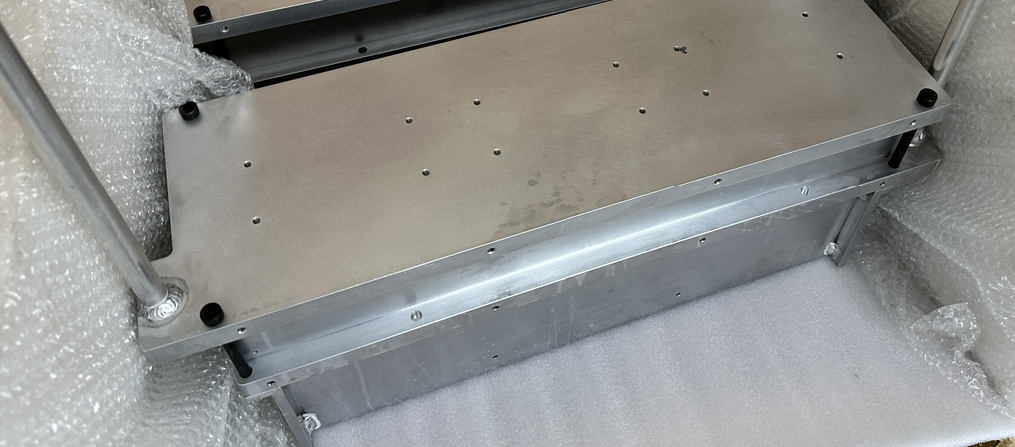In the field of new energy, the heat dissipation performance of the battery pack directly affects the safety and service life of the battery. As an efficient heat dissipation component, the design of the liquid cooling plate is crucial for ensuring the stable operation of the battery pack. When designing a liquid cooling plate for a battery module, it is necessary to comprehensively consider multiple dimensions such as the process selection and the characteristics of the battery cells.How to Design a Battery cells Liquid Cooling Plate?
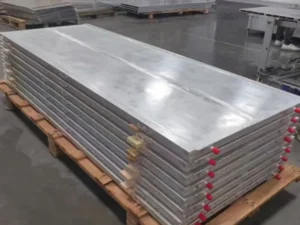
First of all, in terms of the process selection of the liquid cooling plate
the profile process is a widely used solution. The profile process has significant advantages. Its production process is relatively simple and does not require complex and precise processing equipment and cumbersome procedures, which effectively controls the production cost and is highly competitive in large-scale production. In terms of size specifications, the cross-section of the profile can reach up to one meter or even 700 millimeters. This large-size design provides convenience for subsequent assembly and adaptation. Multiple profiles can be combined through the welding process, thus flexibly adapting to battery modules of different sizes and structures. Moreover, the profile process can freely design the flow channel structure of the liquid cooling plate. According to the arrangement of the battery cells in the battery module, the flow direction and velocity of the coolant can be optimized to ensure that the coolant can fully contact the battery and achieve efficient heat transfer and dissipation.
The battery cells are at the core of the battery pack, and their series-parallel connection mode has a crucial impact on the design of the liquid cooling plate. For example, when the battery cells are combined in a 38 ampere, 64 series connection mode, the overall electrical performance parameters of the battery pack are determined, and it also determines the heat generation amount and energy conversion efficiency of the battery during the charging and discharging process. Different series-parallel connection modes will lead to differences in the current distribution and heat generation areas inside the battery. The design of the liquid cooling plate needs to match them.
If there are a large number of battery cells connected in series, the overall voltage of the battery pack is high, and the heat generation is concentrated at the series connection parts. If there are a large number of parallel connections, attention should be paid to the consistent heat generation problem of the battery cells in each parallel branch. Therefore, when designing the liquid cooling plate, it is necessary to accurately calculate the heat generation amount of the battery according to the series-parallel connection mode of the battery cells, and then plan the layout of the flow channels and the flow rate of the coolant in a targeted manner. For areas with high heat generation, the distribution of the flow channels can be encrypted or the flow rate of the coolant can be increased to ensure that the heat can be taken away in a timely manner and the temperature of each battery cell in the battery pack remains balanced, avoiding the attenuation of battery performance and even potential safety hazards caused by local overheating.
In addition, when designing the liquid cooling plate, factors such as the thermal conductivity of the material and the assembly method of the liquid cooling plate and the battery module also need to be considered. Selecting materials with high thermal conductivity can accelerate the heat conduction speed. A reasonable assembly method can ensure that the liquid cooling plate is closely attached to the battery and reduce the thermal resistance. Only by comprehensively weighing the process, the battery cells, and other relevant factors can an efficient and suitable liquid cooling plate for the battery pack be designed to escort the stable operation of the new energy battery system.
